Description
Rice straw is the stalk left over after rice grains are harvested from rice plants (Oryza sativa). It is a byproduct of rice cultivation and is commonly used for various purposes, including animal feed, bedding, fuel, and as a component in building materials. The nutritional content of rice straw can vary based on factors such as the rice variety, soil conditions, and agronomic practices. Here are the general components of rice straw:
1. Fiber:
– Crude Fiber: Rice straw is rich in fiber, with crude fiber levels typically ranging from 35% to 45%. Crude fiber includes cellulose and hemicellulose.
– Neutral Detergent Fiber (NDF): NDF measures the total fiber content, including cellulose, hemicellulose, and lignin. Rice straw usually has NDF levels around 70% to 80%.
– Acid Detergent Fiber (ADF): ADF represents the less digestible fiber components, primarily cellulose and lignin. ADF levels in rice straw are generally around 40% to 50%.
2. Protein:
– Rice straw is relatively low in protein compared to other forages, typically containing 3% to 5% protein. As a result, it is considered a low-protein feed source.
3. Energy:
– The energy content of rice straw is moderate to low. The primary source of energy is the carbohydrates present in the form of fiber. However, the digestibility of these carbohydrates is relatively low.
4. Minerals:
– Rice straw contains minerals such as potassium, phosphorus, and calcium, but the levels are generally lower compared to other forage crops.
5. Anti-Nutritional Factors:
– Rice straw may contain anti-nutritional factors such as silica, which can reduce its digestibility. Silica content tends to be higher in rice straw compared to other crop residues.
6. Palatability:
– Rice straw is often less palatable to livestock compared to other forages. Due to its low protein content and fibrous nature, animals may consume it less willingly.
7. Low Lignin Content:
– Rice straw typically has a lower lignin content compared to some other crop residues, contributing to its relatively higher digestibility.
While rice straw is not highly nutritious, it is widely used as a roughage source for livestock, especially in regions where rice is a staple crop. Various methods, such as chopping, soaking, and treatment with ammonia, can be employed to improve its digestibility and palatability. Additionally, rice straw is utilized for purposes beyond animal feed, including as bedding material, mulch, and in the production of bioenergy.


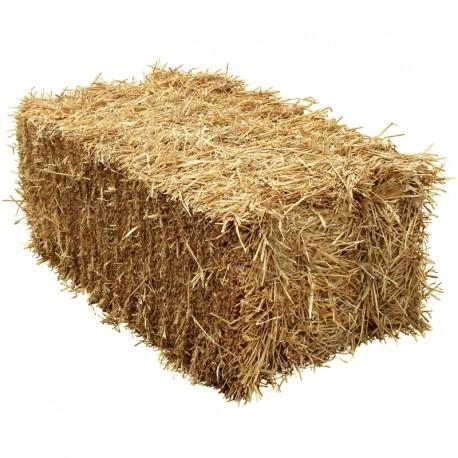
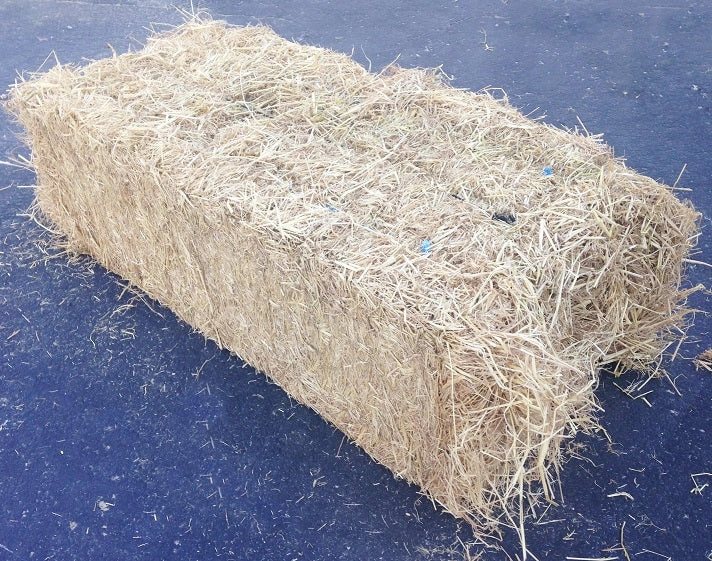
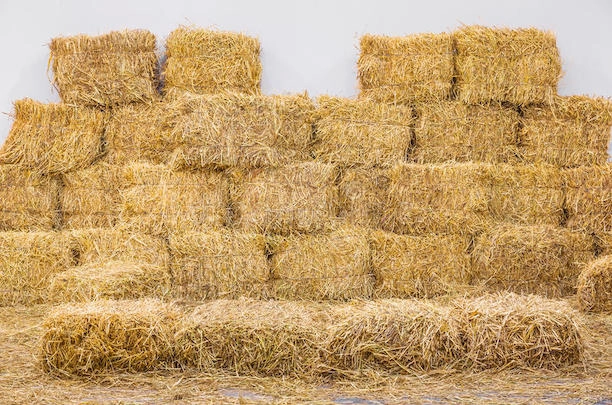
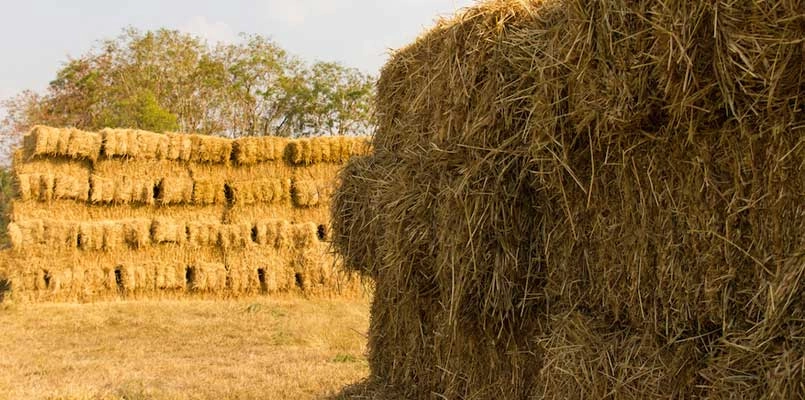
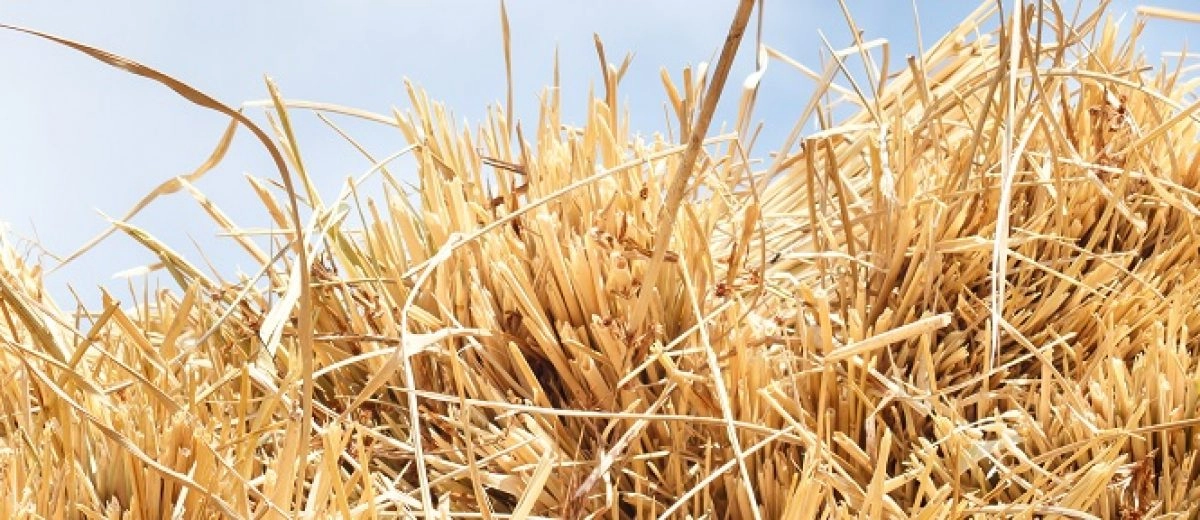

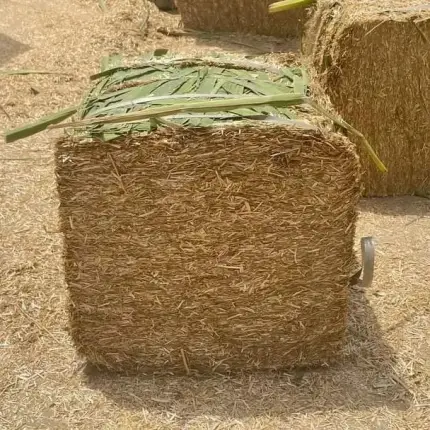
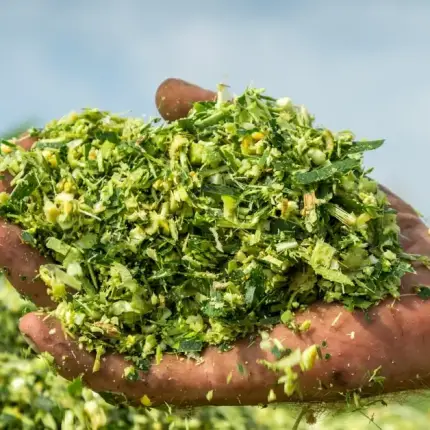
Reviews
There are no reviews yet.